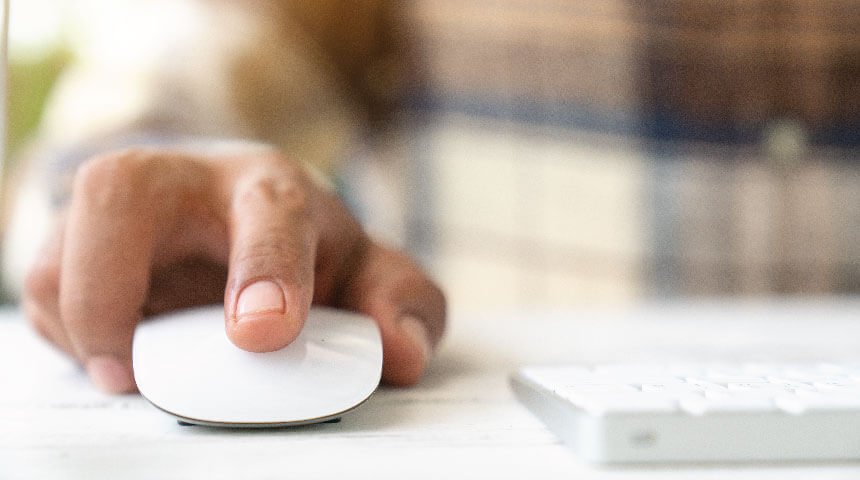Connect Tech
Technology, a word that is both enlightening and terrifying to our society. Right now, as the world has paused, the use of virtual technology and online resources to connect with each other has soared to its highest usage ever (probably). I have seen a lot of different kinds of accessible technology through my years working at LAMP, both of what we offer and that of a well-known app. If you didn’t get a chance to read the blog post about the free eResources available to our patrons, check it out here! Not only do we offer a variety of options but many apps are working to make their usability much more accessible. During this time of social distance and separation I have found these apps offer many different accessibility options that are both useful and fun!
Let’s Talk Tech.
VoiceOver/TalkBack
Let’s start with that portable lifeline in your pocket. If you have a smartphone or smart device, did you know that it has a whole separate brain of accessibility? Head on over to your settings, find accessibility (usually signified by a little man that looks like he’s trying to stretch out all his limbs at once) and you will be presented with a whole list of options to make your phone accessible. Apple has definitely paved the way for accessibility with Android semi-close behind. Using different touch gestures, you can navigate the apps on your phone.
Netflix
A subscription-based streaming service for all our binging needs. Did you know that Netflix offers audio descriptions? Once you are in a movie or a show, go to the bottom right corner of the screen where you will find a menu option titled “Audio and Subtitles.” Depending on the movie or show they offer a variety of options including “English + Audio” description under their audio settings. Once selected, the movie or show will be audio described! There is also an option called Netflix Party that offers the ability to stream a movie to a group of your friends which is a nice way to continue movie nights or binge watch your favorite show with your favorite people. Netflix is continuously working to make all of their titles accessible but right now you can find the list of titles available here.
Zoom
Both the desktop version and the mobile phone version offer accessibility or at least are compatible with your phone’s accessibility. Zoom offers things such as closed captions and/or automatic transcripts. Zoom also has keyboard shortcuts which offers the ability to quickly navigate throughout the meeting and the app. The mobile phone app is also fully accessible with your phone’s screen reader which is truly helpful. Learning new technology can be stressful, even more so when you layer accessibility on top, so to have an app that works well with what you already know is truly fantastic.
Audible
Yes, I know, ANOTHER subscription-based app. Hear me out though. Audible offers several different subscription packages to their wide library to include audio books, newspapers, podcasts and Audible originals. It has both a website and an app that are accessible using screen readers already on your devices. Yay, compatibility! With Audible, you can download and listen to the newspaper the morning it comes out, which I find fantastic especially now when so much is happening to keep up with. The pages are simple to navigate with descriptive alt text. While there is always room for improvement, Audible has worked hard to continue to develop its accessibility and it definitely shows. If you would like to read more about the history of Audible’s accessibility, check out the articles the American Federation for the Blind has written on the subject here.
The bottom line with all of this is that there are so many different options out there for accessible technology. Not only do we here at LBPH offer a variety of apps and eResources but there are so many others that are working toward accessibility. In a time when things are more virtual than ever, it’s nice to know we can still connect in some way.

